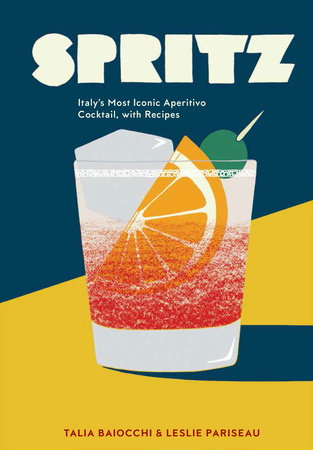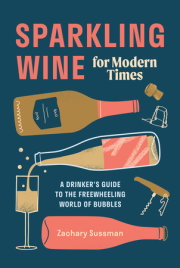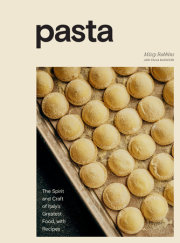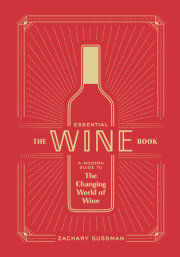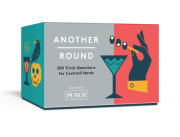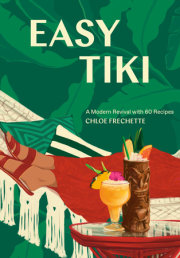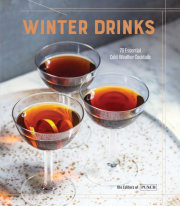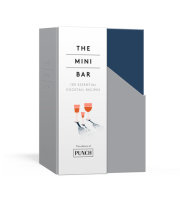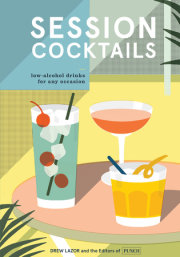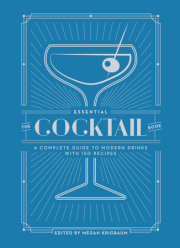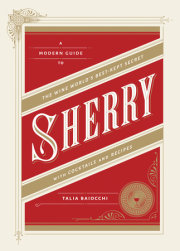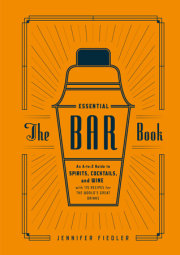Introduction
The Italian word
sprezzatura doesn’t have an English translation. Coined in the early sixteenth century by Renaissance author Baldassare Castiglione in his
Book of the Courtier (1528), sprezzatura implied the sort of effortless grace that royal attendants of that gilded era embodied. For Castiglione, sprezzatura was a definitive pillar of true art—to work so hard at something that its beauty, to the beholder, appeared easy, agile, blithe. It was, in essence, the art of concealing
art’s design.
Today the word has taken on a more colloquial meaning. It’s often tossed around in menswear publications in reference to details of rakish sophistication—imperfectly folded pocket squares, oxfords worn without socks, the perfect five o’clock stubble. Although the spritz and sprezzatura are not officailly related, it’s this I-woke-up-like-this mix of beauty and ease that perhaps best describes the drink.
This would, admittedly, be the perfect place to tell the story of our respective first spritzes, but neither of us can remember when we met the Technicolor dreamboat for the first time. It was likely during our “formative” drinking years, on one of a couple trips to Italy in the mid-2000s, wherein the spritz was likely shoved into an evening that very well could’ve included everything from red wine to lighter fluid (not really, but practically)—hence the foggy memory.
We do, however, remember when the drink became a part of our everyday routines, about three summers ago. Little did we know that this frivolous cocktail, seemingly built to be tossed back with abandon, had such a backstory.
While the proto-spritz can be traced back to Greek and Roman times, the modern spritz has its roots—the Italian mythos goes—in Hapsburg-occupied northern Italy in the nineteenth century, when Austrian soldiers introduced the practice of adding a
spritz (spray) of water to the region’s wines, in an effort to make them more pleasing to their Riesling-weaned palates. The drink went through a number of iterations, first with the inclusion of soda water at the turn of the nineteenth century, then the addition of the all-important bitter element (which made it both undeniably Italian and a proper cocktail) in the 1920s and early 1930s, and finally the widespread addition of prosecco in the 1990s. Today, the spritz archetype is more or less a combination of three parts prosecco, two parts bitter liquer, and one part soda. And thanks to Aperol, it’s now Italy’s most popular cocktail.
But more than just the ideal combination of bubbles and bitterness in a low-alcohol package, the spritz has become a window into understanding not only the evolution of Italian cocktail culture
but also the importance of ritual and leisure to Italian identity.
In America, our homegrown cultural reference point for the spritz (or “spritzer,” as ladies of a certain generation might refer to it) is a less enchanted one. It’s a word that, for decades, was synonymous with perms, thong leotards, Richard Simmons, salad bars, and blush wine. Born as a half-hearted diet fad in the 1980s, the white wine spritzer was the softer sister of the vodka-soda—a monument to the era that oversaw the slow death of sophisticated flavors (and, simultaneously, many overwrought attempts at the opposite). But the current cocktail renaissance has left no stone unturned.
Now, in place of the spritzer, there are countless riffs on the bitter, bubbly, low-alcohol formula that has become nothing short of a phenomenon in Italy. But in true American fashion, the drink’s blueprint has birthed an entire category of new drinks here, from those that swap in lambrusco for prosecco, tonic for soda water, sherry for white wine, and shrubs for fresh fruit. And though not always explicitly called spritzes, the low-alcohol cocktail movement, which includes classic
aperitivi (drinks meant to open a meal, see page 14) like the Americano (page 99), coolers, and more, often carries spritzes under its own umbrellas of easygoing effervescence. Spritzes incognito, you might say.
With all of this avant-garde spritzing happening anew in the United States (which we’ve explored with great vigor), we wondered what might be going on with the spritz in its spiritual home. How was it faring amidst the incredible success of the Aperol Spritz campaign, and what secrets did its stomping grounds in northern Italy still hold? It was out of a sense of duty that we went off to find the answers to these very important questions.
Over the course of ten days, we cut a path across northern Italy, from the many old
bacari (wine bars)
in Venice to the legendary Bar Basso in Milan to the old gilded cafés of Turin. In the process, we discovered that the spritz’s biggest secret is that it really is much more than a recipe or a category of drinks that calls for the mixing of Italian booze and wine. The spritz is a regional perspective on the aperitif—or, as Leonardo Leuci, one of the owners of the Roman cocktail bar The Jerry Thomas Project and a leading expert on Italian cocktails, eloquently points out, “a cultural way that certain regions in the north—Veneto, Trentino, Friuli—think about aperitifs.”
It’s also a mantra, an attitude, and a state of being.
The spritz really is sprezzatura itself.
What we aim to offer you in the pages to follow is a glimpse of the spritz’s past and present, in Italy and in the American craft cocktail bar. We also hope to translate how the spritz became so much more than a recipe and a marketing campaign, but part of a ritual and a means to understand an entire country’s philosophy on socializing—the “spritz life,” if you will.
And after many a golden hour spent in the north of Italy, we wanted to extend and share the ritual back home, so we’ve provided you with all of the advice and tools to create your own aperitivo hour (Italian happy hour)—from building your go-to spritz bar to devising the ideal snack spread to match. We’ve created a framework of drink recipes that present the evolution of the spritz from classic to modern to the drink’s philosophical relatives. But they are simply that: a set of little tried-and-true blueprints that are meant less as ending points than
as trailheads.
So, without further ado: spritz on.
Copyright © 2016 by Talia Baiocchi and Leslie Pariseau. All rights reserved. No part of this excerpt may be reproduced or reprinted without permission in writing from the publisher.





